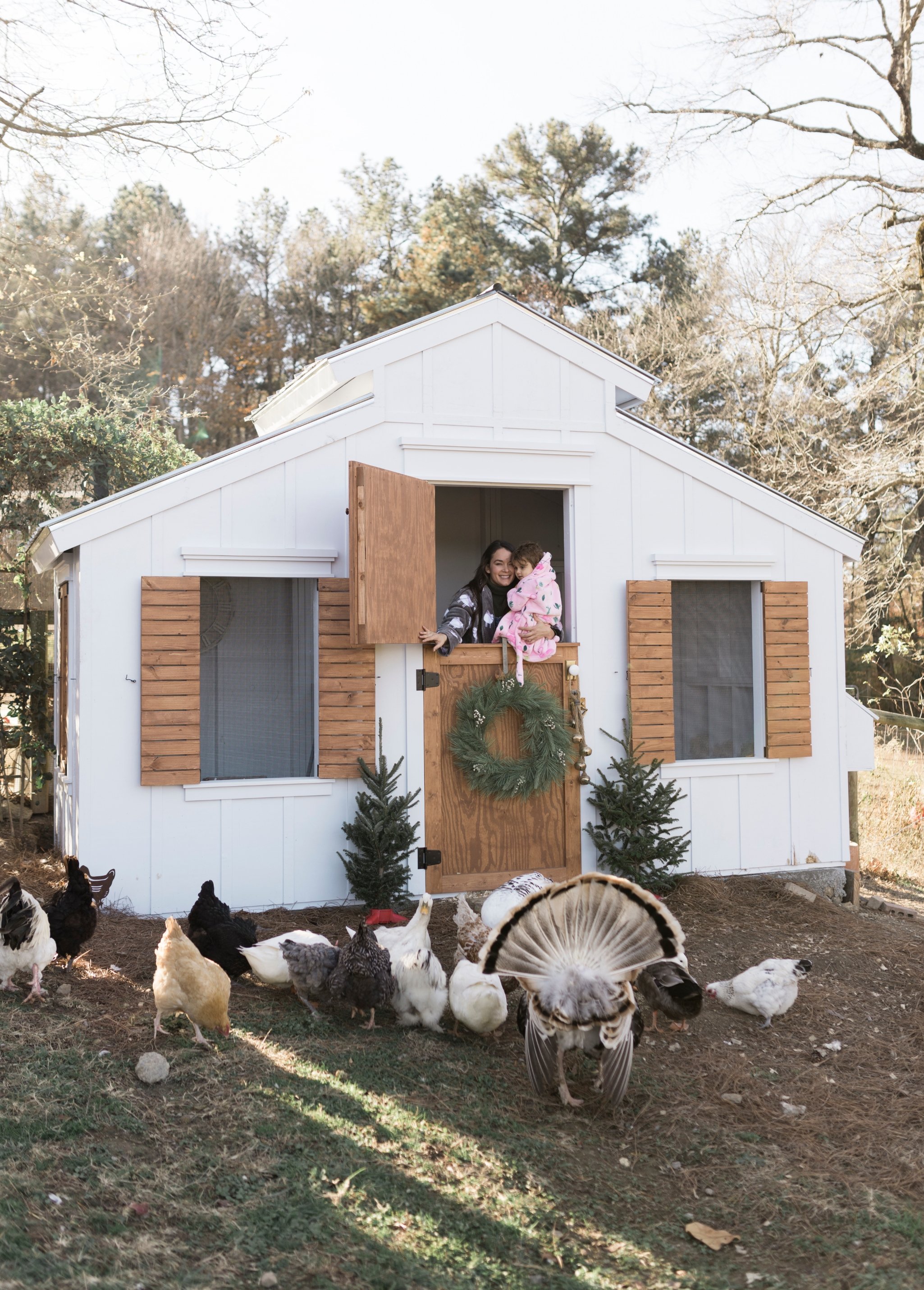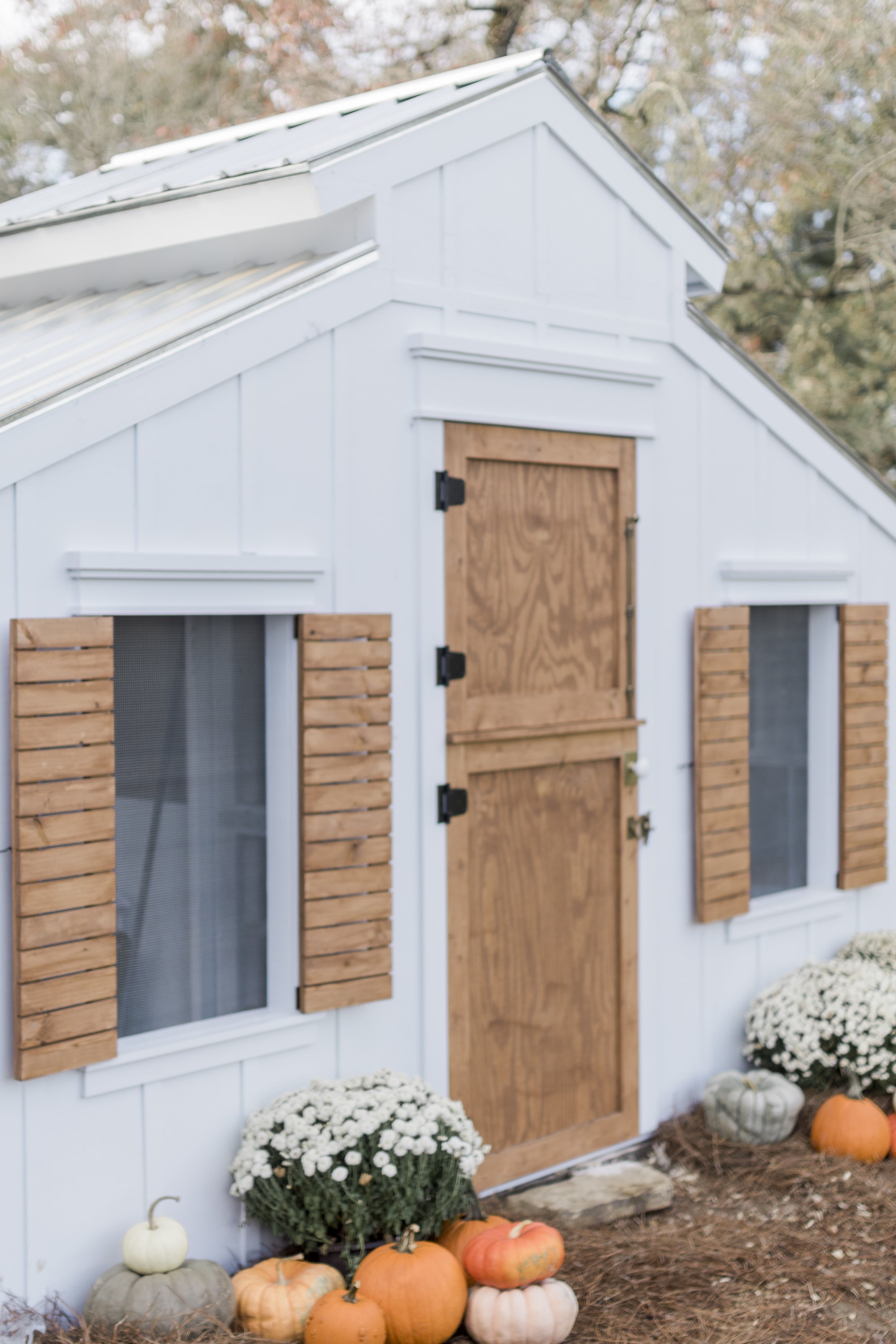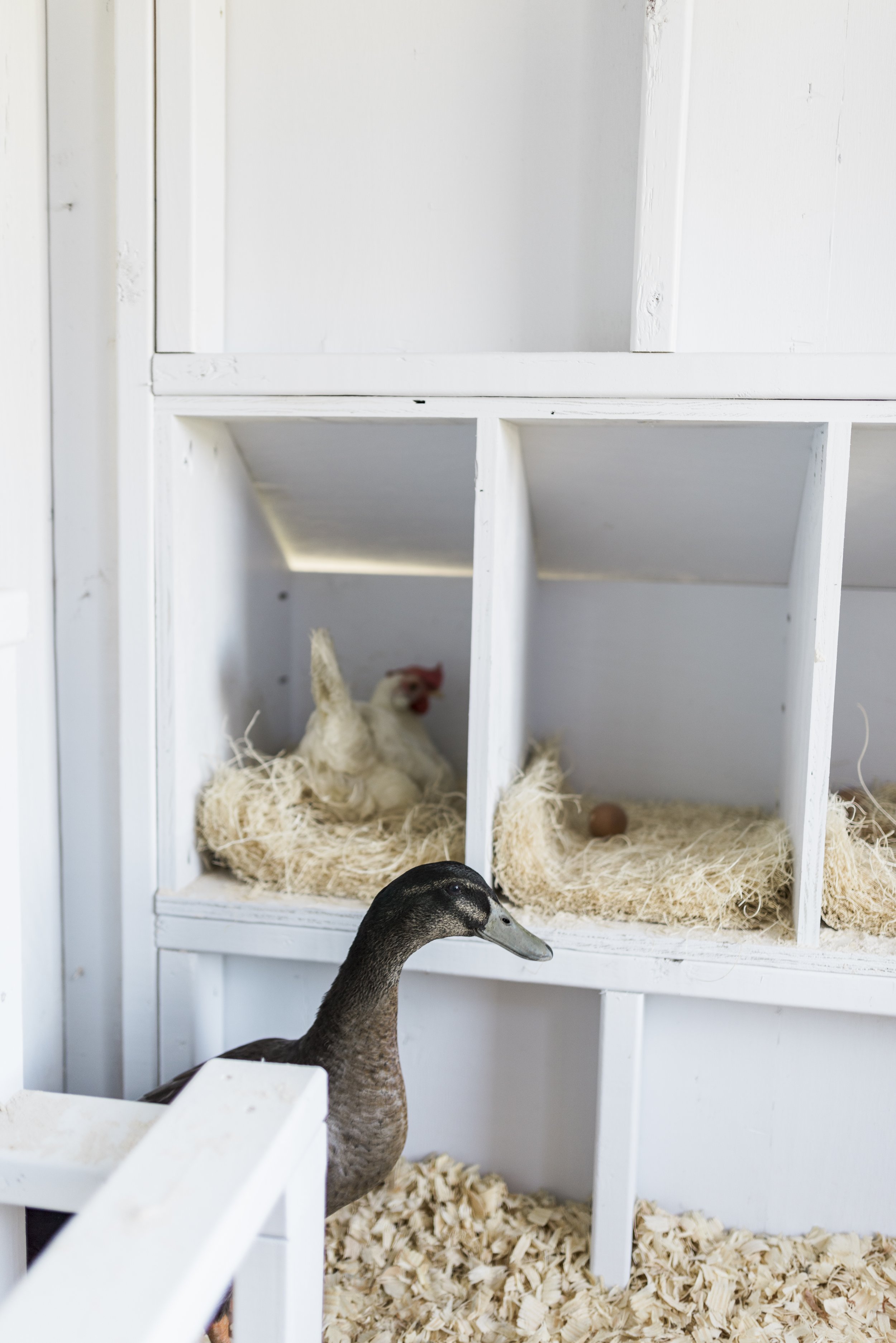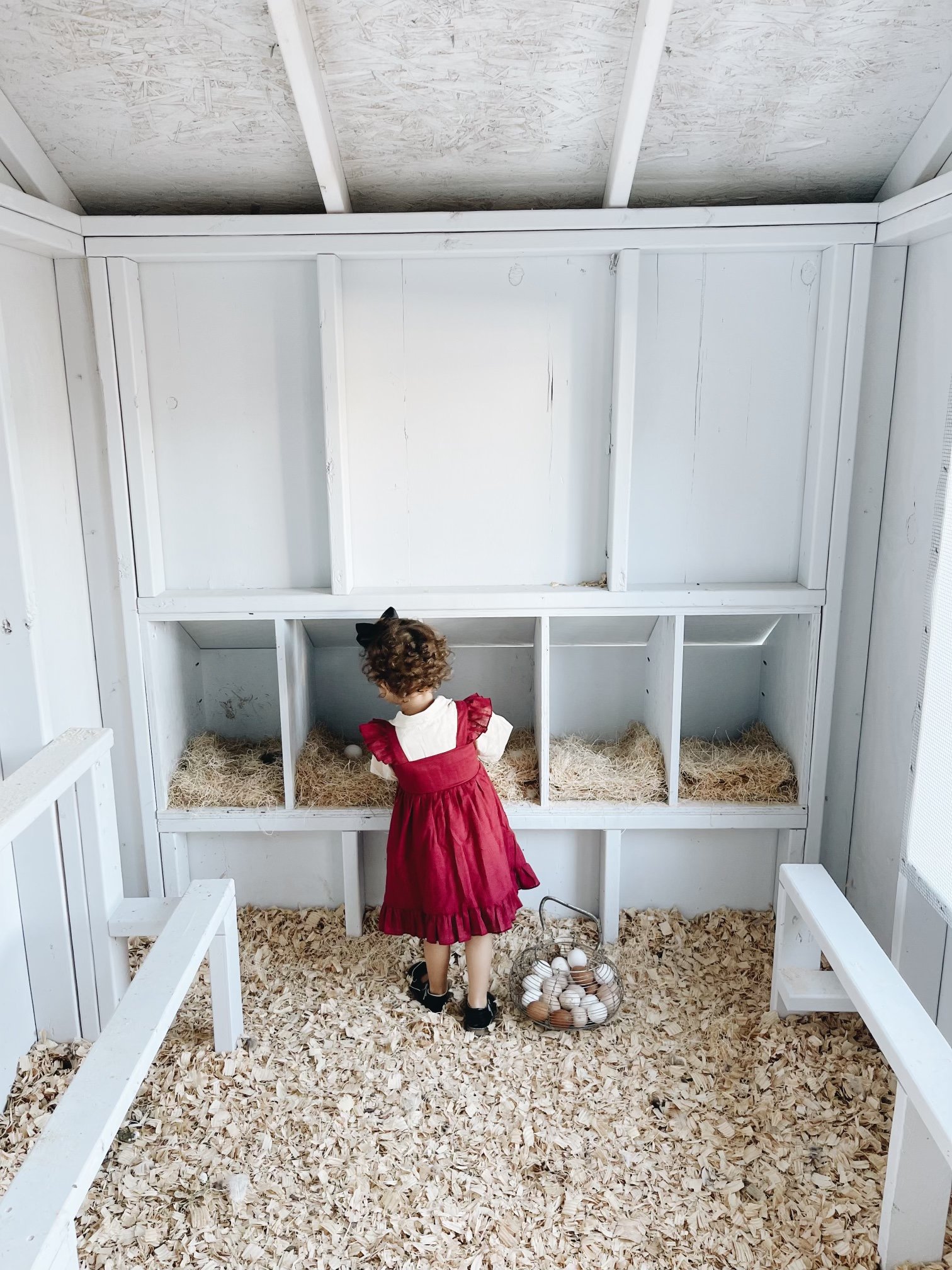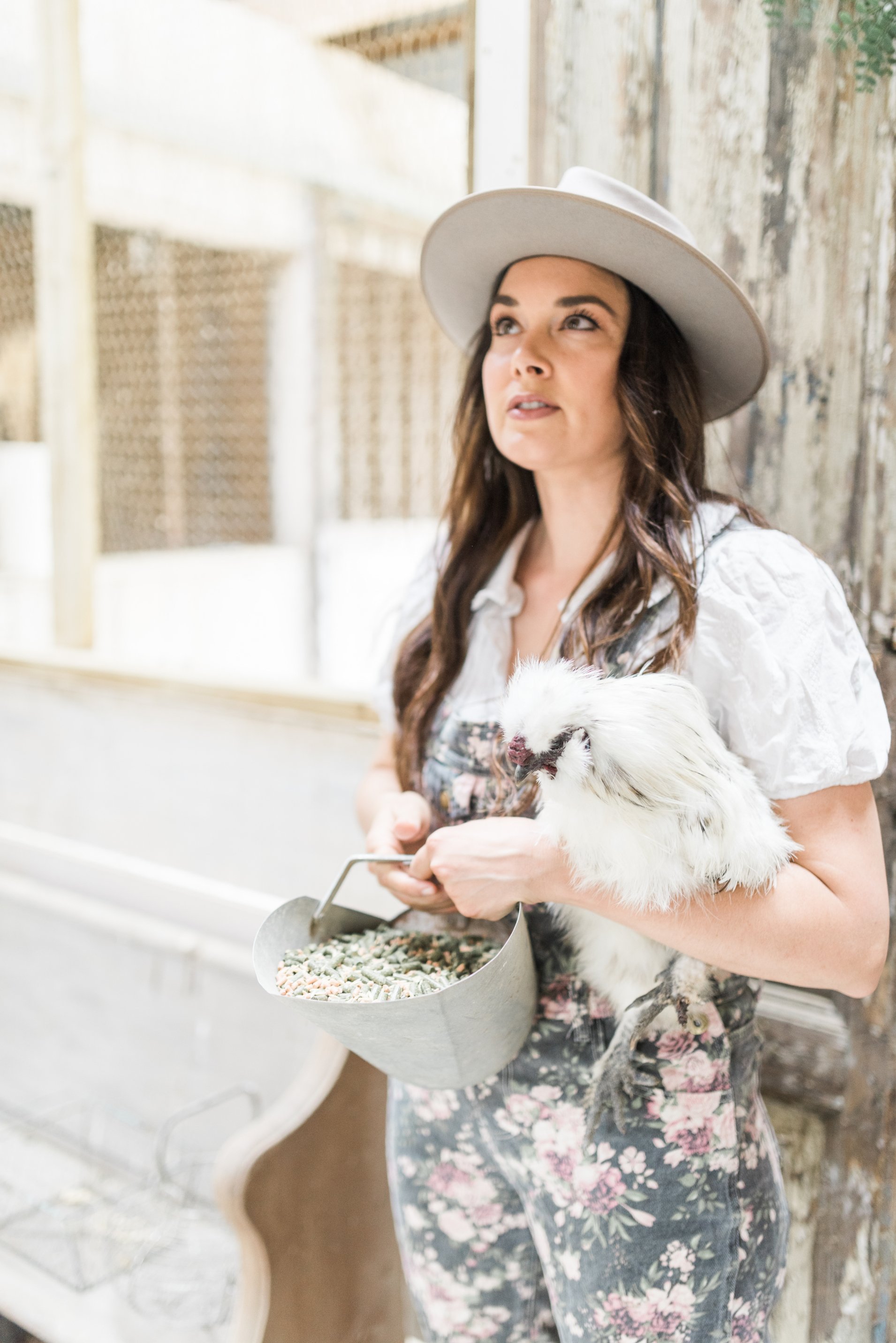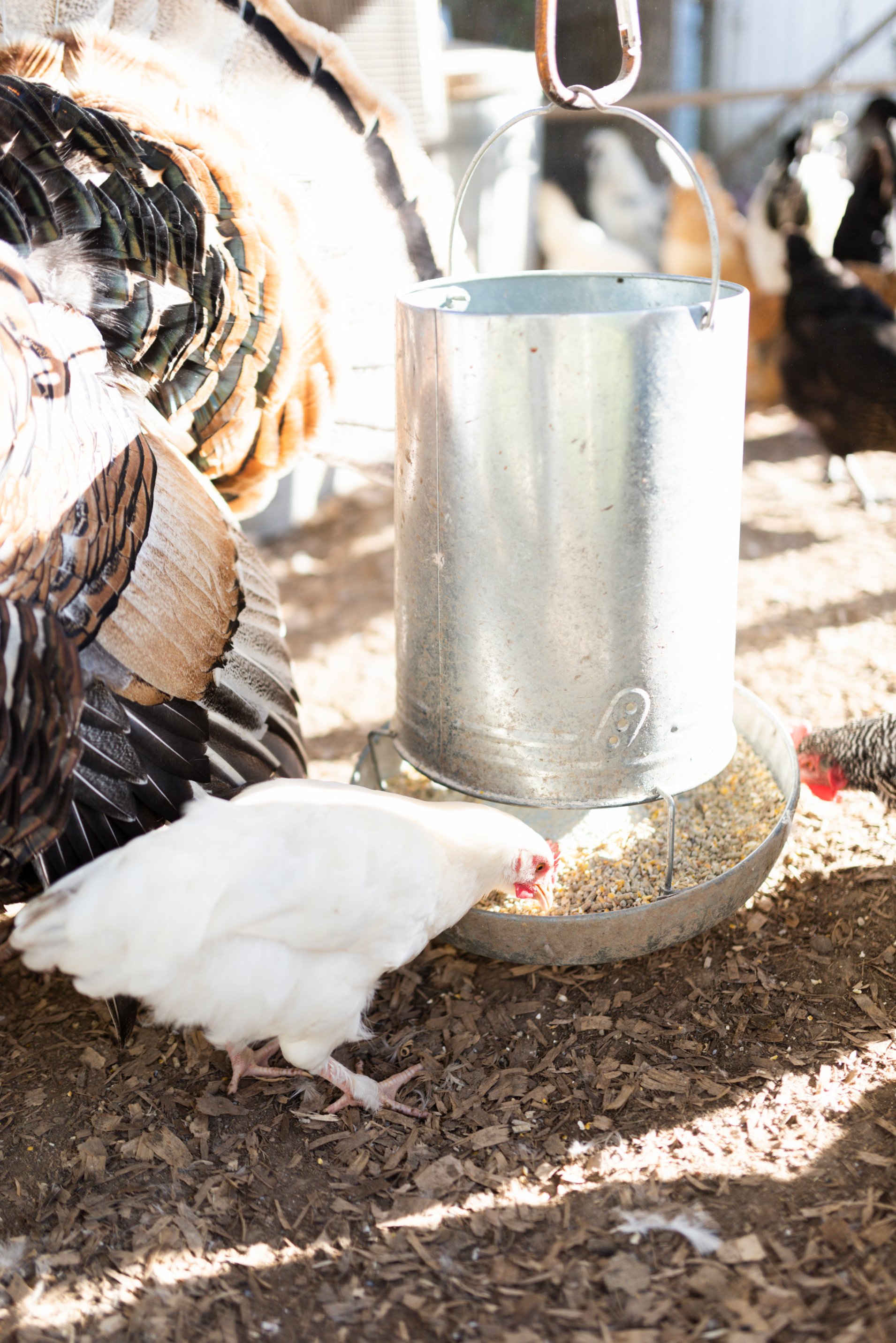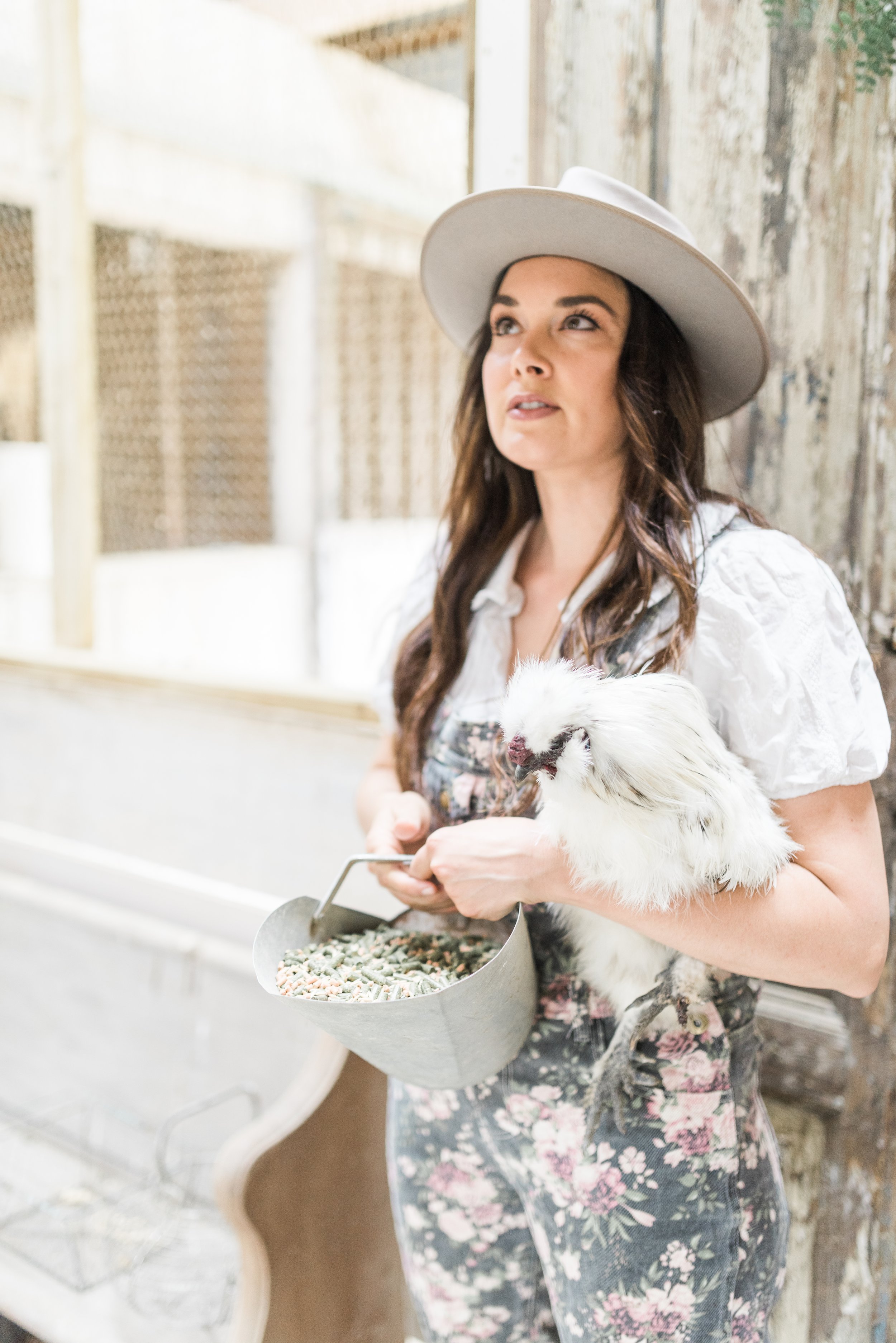How To Prepare Your Chicken Coop For Winter
With winter here and some very chilly days and nights ahead, caring for chicken in winter may be a bit different than usual. Your flock may need some extra TLC to make them comfortable and keep them happy and healthy.
Chickens do far better in the cold than one would think and can actually handle cold much better than heat. Still, it helps to winterize the chicken coop and give them some extra nutrition to assist with egg production, extra energy to keep them warm, and to prevent frostbite.
Below are a few ways you can prep your chicken coop for winter and extra care tips to help your flock stay warm. And no, adding an additional heat source is not the answer ;-) In fact, it may be a bad idea.
9 ways you can prep your chicken coop for winter
1. Wind shelter
During winter, cold winds can increase the cold effects and exposure on your flock. Finding its way through any holes in the coop that are not adequately sealed and making the run a not-so-fun place for your flock.
A wind shelter or block will:
Keep rain and snow from blowing into the enclosure
Decrease chances of frostbite since the wind chill is limited
Prevent cold stress
Keep everything drier and warmer
Construct a durable plastic or tarp block on the side where most of your winter winds blow from. Your enclosure should still have good ventilation and airflow and allows plenty of light.
2. Prevent drafting but keep ventilation
Fix up or close any holes and cracks that can cause a draft within the coop. Drafts lower the temperature in the coop and make it harder for the flock to stay warm.
However, it is crucial to have good ventilation, especially during winter.
Good ventilation helps with the following:
Reducing ammonia fumes which cause respiratory problems in chickens.
Managing dust levels
Proper air circulation allows old, stale air to be exchanged with fresh, oxygen-laden air.
Reducing moisture levels that can cause frostbite and mold.
Place ventilation holes or vents near the coop's roof to have good airflow but not a draft making the flock cold.
If you see condensation inside the windows, it's a sign that you need more ventilation.
Hanging drapes, blankets, or towels in front of windows can also help to keep your flock warm inside at night while still having good airflow.
3. Bedding
Straw is an essential winter item in the chicken coop or the enclosure for extra heat!
An additional layer of pine shavings on the floor and in the nesting boxes beneath the straw can also help chickens to stay warm.
Straw helps with:
Insulating the coop and keeping it warmer than the outside temperature.
Insulating the ground to prevent frostbite on toes and feet.
Preventing cold stress by providing insulation and motivation for the flock to get moving and warm up as they scratch through the straw.
Maintaining the chicken coop and enclosure using the deep litter method (more on this below!)
Straw bales can also be stacked along the inside walls of the coop. They will provide even more insulation by taking up dead air space and reducing the air your chickens need to warm up with their body heat.
4. The deep litter method
We use the deep litter method to keep things cleaner during winter.
The deep litter method helps you to manage your coop litter in winter by mixing your flock's droppings with straw and constantly adding a fresh layer of straw. The bedding and manure in the coop accumulate and decompose inside the pen all winter.
This method allows you to not have to clean the coop in the icy winter weather and provides warmth and insulation. It is also economical and gives beautiful compost to the garden when spring arrives.
Here's how to do the deep litter method:
Start with a 6" layer of pine shavings or hemp bedding at the bottom.
Lay a thin layer of straw over the pine shavings.
Every morning, turn over the top straw layer, so the filthy straw and droppings fall to the bottom.
Continue every day to build up to about 12" deep, and then add straw as needed.
So no straw gets removed- the soiled straw only gets turned over.
Daily turning is crucial to introduce oxygen, reduce ammonia buildup, and avoid a stinky smell.
After a few weeks, the straw, shavings, and droppings will start to decompose, and you will end up with fine dirt on the bottom.
READ MORE: How to clean your chicken coop
5. Keep water from freezing
Hydration is just as important in the winter for your flock. They can dehydrate when breathing in cold, dry air or have no access to fresh water.
Keep your flock's water from freezing with a water heater so they can constantly access fresh, unfrozen water. When using electrical heaters, use outdoor-rated extensions and ensure the electrical wire is hidden, as chickens may peck at the shiny wire.
Never keep their water inside the coop, as your flock will inevitably get things wet, leading to frostbite and mold issues.
Keeping the water outside or in the run will also encourage them to move around more, which helps with heat generation and staying healthy.
6. Extended "daylight"
Daylight hours are vital in egg-laying production, as hens need 14 to 16 hours of daylight to stimulate egg production. If your chickens stop laying eggs or fewer than usual, they may need more light.
Artificial light will simulate longer days and help chickens to keep laying eggs during winter.
Use a timer to only turn the lights on and off in the morning and evening for the required extra time or "daylight" needed. Use infrared lights, as bright white lights can irritate and stress the chickens.
7. Supplemental Heat
Only in extreme cases!
Supplemental heat for your flock is, in most cases, and areas not necessary. Chickens handle cold very well due to their feathers and slowly adapt to colder temps transitioning from fall to winter.
However, in icy, snowy areas, when the weather suddenly changes drastically, or when there is an extended cold snap period, the cold can take a toll on your flock.
In this case, you can provide them with supplemental free-choice heat for a short period. Free-choice heat allows the chickens to choose whether they want to heat up or not.
Some options include:
Animal heating pads
Heating panels against the walls
Enclosed space heaters that heat the coop but which the chickens cannot reach
Never use a heat lamp as it is prone to cause fires! Again chickens are VERY cold hardy and do not require extra heat.
8. Check The Yard and run
Clear the yard and run from debris, trash, and accumulated feces in early winter.
Check for any gaps in the fences and close them - a lost chicken may not survive a cold winter night, and it is no fun to chase after one when it is freezing!
9. Feed And Extra Nutrition
Quality feeding is crucial in winter as this is what gives your flock energy to keep warm.
Feeding chickens later in the afternoon or early evening before it gets dark is best because they tend to eat more at this time. This will also allow the chickens to fill up their crops before they nest and give them plenty of feed to digest through the night. A full crop will also help them stay warm during the night.
Feed your chickens outside, as feed in the coop will attract rodents and pests and demand more frequent coop cleanings.
I continue to feed our chickens scraps and add oats, black sunflower seeds, and egg shells to their regular feed for extra nutrition. These will provide extra calcium, healthy fats, and energy to keep them warm and produce healthy eggs.
READ MORE: A guide on foods that are toxic to chickens and ducks
Caring for chickens in winter and preparing the chicken coop for winter does not take that much extra effort. If you can only add extra straw in the coop, keep their water unfrozen, and give them extra nutrition, that is already enough!
It also depends a lot on your area and how cold it gets. Remember, chickens adapt very well, and the goal is not to create a sauna. This will in fact, make it much worse for them
You might find these blogs helpful too:
How to choose backyard chicken breeds
Caring for chickens 101 - A beginners guide
Love, Annette xx

